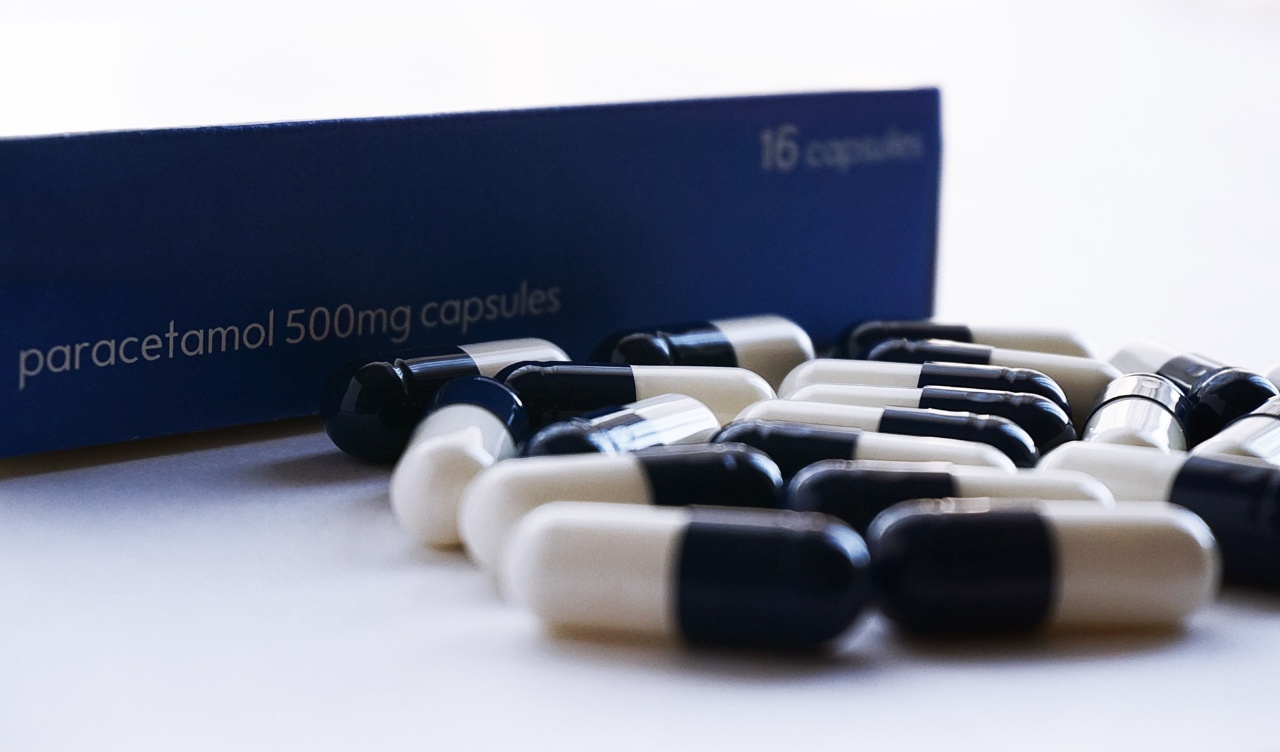Rheumatoid Arthritis (RA) is a chronic autoimmune disorder that affects around 1% of the population worldwide. People with RA have an overactive immune system that attacks and damages the joints, leading to inflammation, pain, and stiffness.
Over the years, several drugs have been developed to manage the symptoms of RA and reduce the risk of long-term complications, such as joint deformities and disability.
What are Risk-Boosting Drugs?
Risk-boosting drugs are medications that increase the likelihood of adverse effects, such as infections, cardiovascular disease, or cancer.
These drugs are commonly prescribed to people with RA who have severe symptoms or who do not respond adequately to first-line treatments, such as nonsteroidal anti-inflammatory drugs (NSAIDs) or disease-modifying antirheumatic drugs (DMARDs).
However, risk-boosting drugs should be used with caution, as they may cause significant harm to some patients.
Before prescribing these drugs, healthcare providers should carefully evaluate the benefits and risks of each medication and monitor the patients regularly to detect any adverse effects early on.
Types of Risk-Boosting Drugs for RA
The following are some of the most common types of risk-boosting drugs that may be prescribed to people with RA:.
1. Glucocorticoids (Steroids)
Glucocorticoids, also known as steroids, are potent anti-inflammatory drugs that work by suppressing the immune system. These drugs can reduce joint pain, stiffness, and swelling, and improve the function of the affected joints.
However, long-term use of glucocorticoids can increase the risk of several adverse effects, such as:.
- Osteoporosis (thin, brittle bones)
- Weight gain
- Diabetes
- Cataracts (clouding of the eye’s lens)
- Infections
- Muscle weakness
- Mood changes
Doctors usually prescribe glucocorticoids in low doses for short periods of time, such as a few weeks, to minimize the risk of adverse effects.
They may also prescribe calcium and vitamin D supplements, and recommend weight-bearing exercises to reduce the risk of osteoporosis.
2. Biologic DMARDs
Biologic DMARDs are a newer class of drugs that target specific molecules involved in the immune system’s inflammatory response.
Biologic DMARDs are highly effective in reducing the symptoms and progression of RA, particularly when used in combination with traditional DMARDs.
However, biologic DMARDs can also increase the risk of several adverse effects, such as:.
- Infections, including tuberculosis and fungal infections
- Cancer, particularly lymphoma and skin cancer
- Allergic reactions
- Neurological disorders, such as multiple sclerosis
- Heart failure
- Liver or kidney damage
Doctors usually monitor patients receiving biologic DMARDs closely to detect any adverse effects early on.
They may also screen patients for tuberculosis and other infections before starting the treatment, and advise patients to avoid sun exposure and use sunscreen to reduce the risk of skin cancer.
3. Janus Kinase (JAK) Inhibitors
JAK inhibitors are a relatively new class of drugs that block the activity of a family of enzymes called Janus kinases, which play a key role in the immune system’s inflammatory response.
JAK inhibitors can reduce the symptoms and progression of RA, particularly when used in combination with other DMARDs. However, JAK inhibitors can also increase the risk of several adverse effects, such as:.
- Upper respiratory infections, such as colds and flu
- Skin infections
- Changes in blood cell counts
- Liver damage
Doctors usually monitor patients receiving JAK inhibitors closely to detect any adverse effects early on. They may also recommend patients to get vaccinated against infections, and avoid alcohol and other drugs that may harm the liver.
4. Nonsteroidal Anti-Inflammatory Drugs (NSAIDs)
NSAIDs are a class of drugs that reduce pain and inflammation by blocking the activity of an enzyme called cyclooxygenase (COX), which is involved in the production of prostaglandins, hormone-like substances that regulate various bodily functions.
NSAIDs can reduce joint pain, stiffness, and swelling, and improve the function of the affected joints. However, NSAIDs can also increase the risk of several adverse effects, such as:.
- Stomach ulcers and bleeding
- Kidney damage
- Cardiovascular disease, such as heart attack and stroke
Doctors usually prescribe NSAIDs in low doses for short periods of time to minimize the risk of adverse effects. They may also recommend patients to take the drugs with food or antacids to reduce the risk of stomach ulcers.
5. Opioids
Opioids are a class of drugs that act on the nervous system to relieve pain. Opioids can reduce joint pain, stiffness, and swelling, particularly in people with severe RA who do not respond to other treatments.
However, opioids can also increase the risk of several adverse effects, such as:.
- Constipation
- Nausea and vomiting
- Sedation
- Respiratory depression
- Addiction and dependence
Doctors usually prescribe opioids in low doses for short periods of time to minimize the risk of adverse effects.
They may also monitor patients closely for signs of addiction or dependence, and recommend other treatments, such as nonpharmacologic therapies or low-dose antidepressants, to manage chronic pain.
Conclusion
Risk-boosting drugs can be effective in managing the symptoms of RA and reducing the risk of long-term complications, but they should be used cautiously, as they may cause significant harm to some patients.
Patients with RA should work closely with their healthcare providers to choose the most appropriate treatment plan based on their unique needs and preferences, and to monitor their health regularly to detect any adverse effects early on.






























